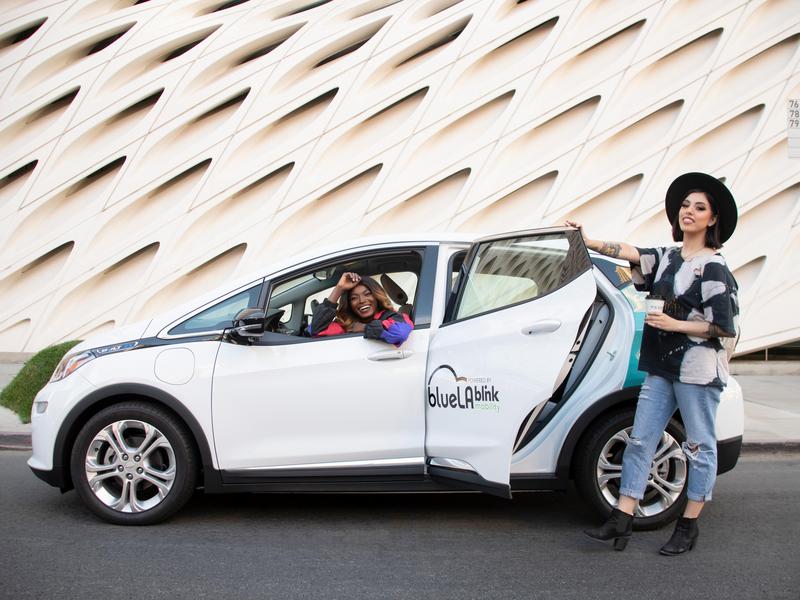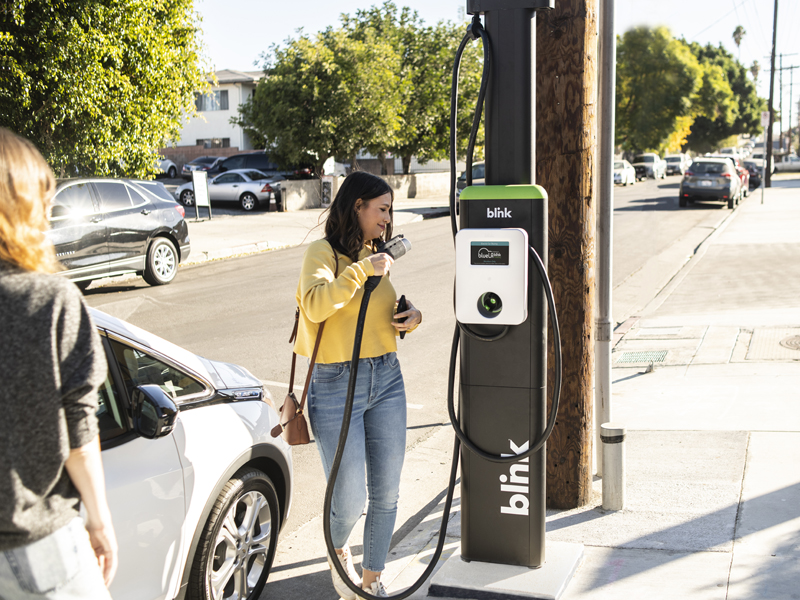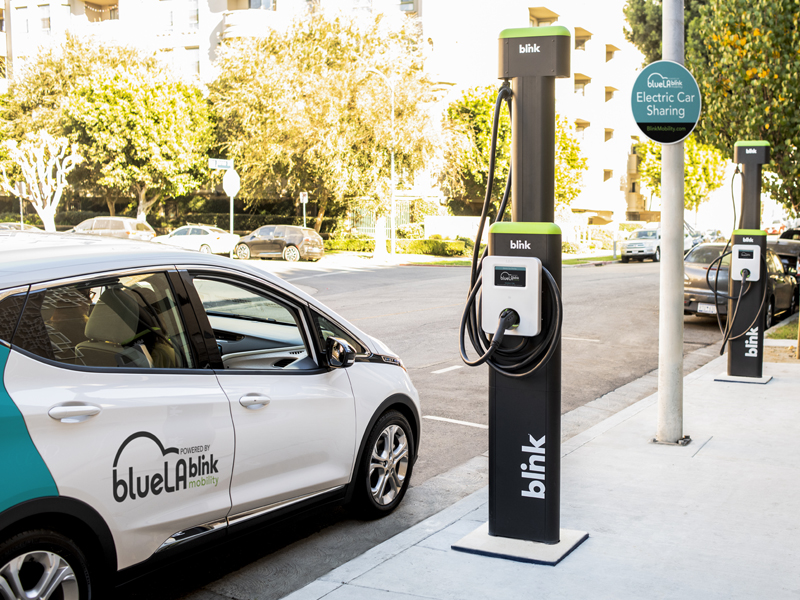Will this be the decade of the EV? According to Global EV Outlook 2020, the odds are likely. The Global EV Outlook report examines vital elements of the growing EV trend—charging infrastructure, cost, volume and type of energy usage, emissions, and development of batteries to predict EV sales all the way to 2030.
According to the report, “Sales of electric cars topped 2.1 million globally in 2019.” It’s hard to believe only 17,000 EVs were on the road worldwide in 2010. In 2019, EV sales clearly soared, even when car sales in general fell. While car sales were depressed in 2019, EV sales accounted for 2.6% of all car sales, a 6% increase from the previous year.
Batteries and Chargers
Various factors have gone into the increase, such as battery power and price. The 2018-2019 versions of some common electric car models feature a battery energy density that is 20-100% higher than were their counterparts in 2012. Battery prices in general have also decreased 85% since 2010.
More chargers and higher quality chargers have also increased consumer confidence in purchasing EVs. Publicly accessible chargers represented 12% of all light-duty vehicle chargers worldwide in 2019. Out of the 7.3 million chargers worldwide, 6.5 million are in-home chargers, most of them Level One. Blink has deployed thousands of chargers since 2009, adding more every day, including our new IQ 200, which provides an 80-amp charge on a 100-amp circuit, and can charge up to 65 miles of range per hour. Many different advances in EVSE have charged the industry with hope for the future.
Tesla
The arrival of high-quality, low-priced EVs in the marketplace has been effective at attracting consumers. The introduction of Tesla’s Model 3 increased EV sales. The Model 3 starts at a low $37,990. Its range is 322 miles, much longer than most gas-fueled vehicles, and has AWD, making the Model 3 not just an environmental, but a practical, choice for consumers who drive distances and commute regularly. Stopping to charge less often means more miles faster, for less.
Tesla’s direct sales technique—developed because the company has traditionally not had dealerships—has been a lifesaver for the company in a time when people are not leaving their homes due to worldwide lockdowns and prefer contactless delivery to test drives.
While the report does not include the most current information, we already know a lot about how the pandemic has influenced the automobile industry.
The Effect of Covid-19
When Covid-19 struck, automobile sales in general plummeted. EV sales also dropped temporarily due to issues like delivery and supply-chain delays and worldwide lockdowns. EV sales however did not bottom-out in the way that I.C.E. sales did. Since then, sales of electric vehicles continue to surge, “despite the crisis, [EV] sales could reach a record share of the overall car market this year.” According to Forbes, car sales fell 89% in the U.K. in May, a catastrophic hit for any industry, however, sales of EVs continued to climb by 21.5%.
Investment in the Future
While EV sales have always been policy-driven in Europe, and especially in China, U.S. policy is making changes that will increase EV sales, particularly including EV infrastructure in Covid recovery plans.
In the U.S., federal, state, and local governments are investing in EV infrastructure. In Massachusetts and Florida, rebates already in use are being expanded for corporations and non-profits. In Florida, Governor De Santis signed Senate Bill 7018, a bipartisan commitment to building EV infrastructure throughout the state.
Meanwhile, California just began an initiative to make all trucks- from medium-duty models to big rigs- electric by 2024, potentially causing enormous changes in the trucking industry. “California is once again leading the nation in the fight to make our air cleaner, becoming the first place in the world to mandate zero-emission trucks by 2045,” Governor Gavin Newsom has said.
An Investment in Public Health
According to SmartCitiesDive, the government should look at EVSE investment as an investment in public health. Infrastructure investment is already an important part of the pandemic recovery plan, including clean air initiatives. Particulate matter and tailpipe emissions in the atmosphere already cause allergies and asthma but can turn fatal when combined with deadly respiratory diseases. Cutting down on pollution has already proven life-saving, and can be more so now.
Beyond public health, there is also an issue of EV infrastructure creating jobs when so many have been lost. “There’s absolutely a case for vehicle charging infrastructure to be part of the recovery,” says Matt Allen, chief executive officer at Pivot Power, a U.K. battery and charging developer.
The future of the EV is stronger than ever. While our dark times are not yet over, the electric vehicle looks ready to emerge from them, bringing a cleaner, greener, healthier future.
Recommend for You
Stay Informed
Join our mailing list for hot news and company updates.







